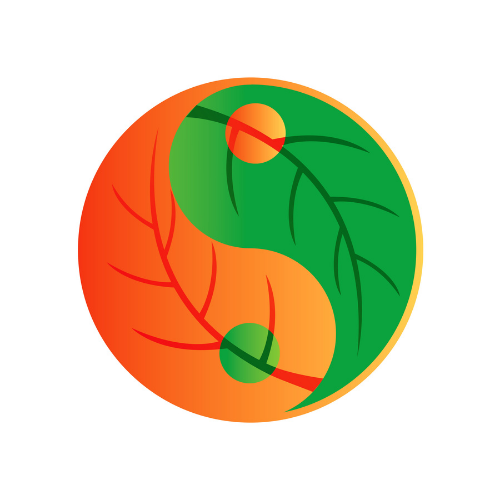The Beauty and Burden of Asymmetry: Reflections from a Doctor’s Lens
As I sit by the window, watching the sun’s rays dance through the leaves of an old tree, I am reminded of the inherent asymmetries that shape our world. Nature, life, and health—all riddled with imbalance—tell stories of both beauty and burden.
Asymmetry, by its very nature, refers to the absence of symmetry. It is the unevenness, the irregularity that defies perfect balance. In the tapestry of life, these asymmetries are woven intricately, often unnoticed, yet profoundly influential.
Consider the human body. One hand may be slightly larger, one leg a bit stronger. Our hearts beat more forcefully on the left, creating an inherent imbalance that has puzzled and fascinated scientists for centuries. This asymmetry is not merely a quirk of nature but a fundamental characteristic of biological systems. It allows for specialization and adaptation. The left hemisphere of our brain controls language and analytical tasks, while the right governs creativity and spatial awareness. This division of labor is essential for our survival and success as a species.
In my practice, I see the impacts of asymmetry daily. One patient may walk with a slight limp due to a childhood injury. Another may have a curved spine, a condition known as scoliosis. These physical asymmetries, while sometimes causing discomfort or requiring medical intervention, also speak to the resilience of the human body. It adapts, compensates, and continues to function despite its imperfections.
But not all asymmetries are benign. The world of healthcare reveals the darker side of imbalance. Inequities in access to medical care, disparities in health outcomes based on socioeconomic status, race, or geography—these are asymmetries with severe consequences. A child in a rural area may suffer from untreated asthma simply because the nearest clinic is miles away. An elderly patient in an impoverished neighborhood might miss out on early cancer detection due to lack of resources. These imbalances highlight the urgent need for systemic changes to address these disparities.
Recognition of asymmetry in health is crucial. As a doctor, I must be vigilant, observing the subtle signs that something is amiss. A slight droop in a patient’s face could indicate a stroke. Uneven pupils might be a sign of a brain injury. These asymmetries, while small, carry significant weight in diagnosis and treatment.
However, asymmetry is not solely a matter of health and illness. It is present in every facet of our lives, influencing our interactions, our environment, and our experiences. Economic imbalances can lead to social unrest, while environmental asymmetries—like the unequal distribution of natural resources—can spark conflict and drive migration.
Addressing asymmetry requires a multifaceted approach. In medicine, it involves not just treating symptoms but understanding the underlying causes. In society, it means striving for equity, ensuring that everyone has access to the opportunities and resources they need to thrive.
As I reflect on the tree outside my window, its branches twisting in various directions, I see a metaphor for life’s inherent imbalance. The tree’s asymmetry does not diminish its beauty; rather, it enhances it. It tells a story of growth, adaptation, and resilience. Similarly, our lives, marked by imperfections and irregularities, hold their unique beauty and strength.
In embracing asymmetry, we acknowledge the complexity of the world around us. We recognize the challenges and opportunities it presents. As a doctor, my role is to navigate these imbalances, to provide care and compassion, and to advocate for a more equitable world. For in the end, it is our ability to adapt to and address these asymmetries that define our humanity and shape our collective future.
The author Dr. Sowmya, a dedicated physician, empowers individuals by recognizing and addressing the asymmetries in their health and lives. Everyone is unique and their health issues too. Early one can identify them the earlier the chances of prevention. It can become a beauty than a burden.
Suggested Reading Path to Personalized Prevention

